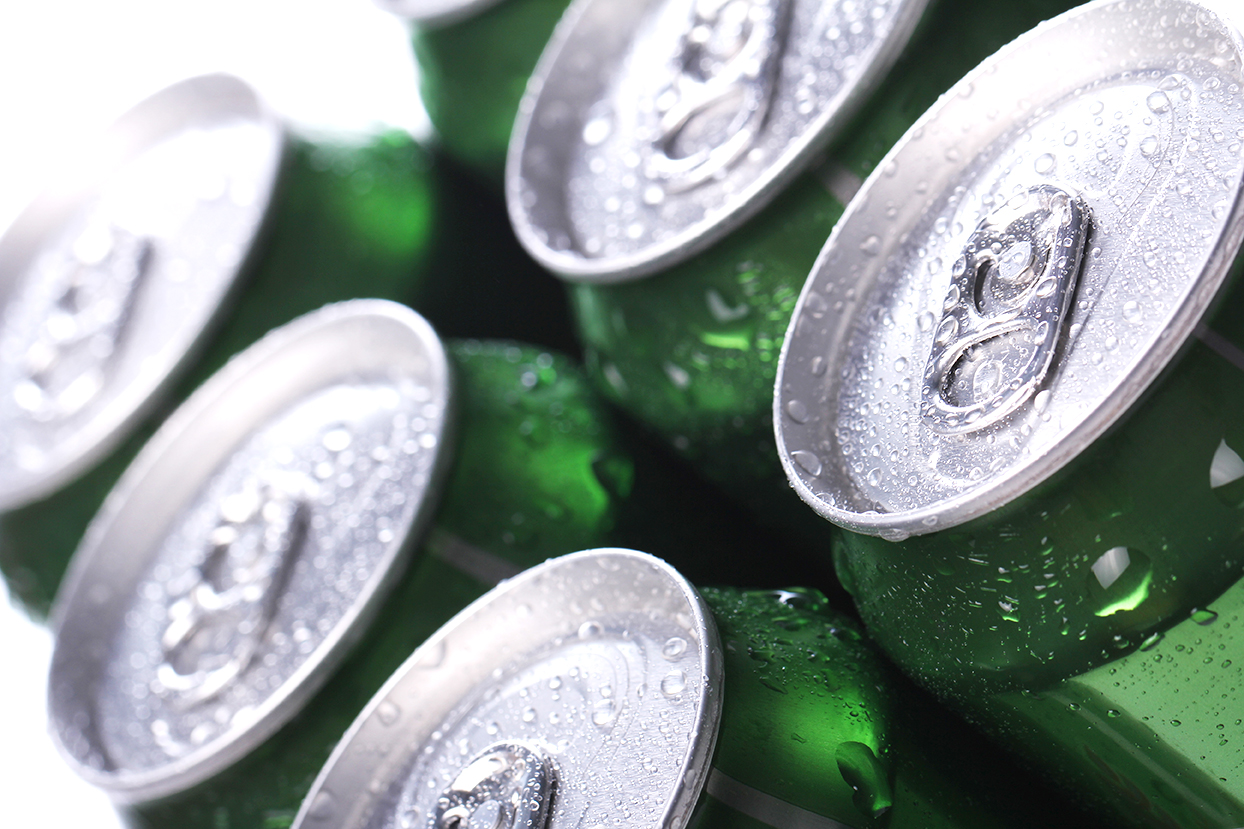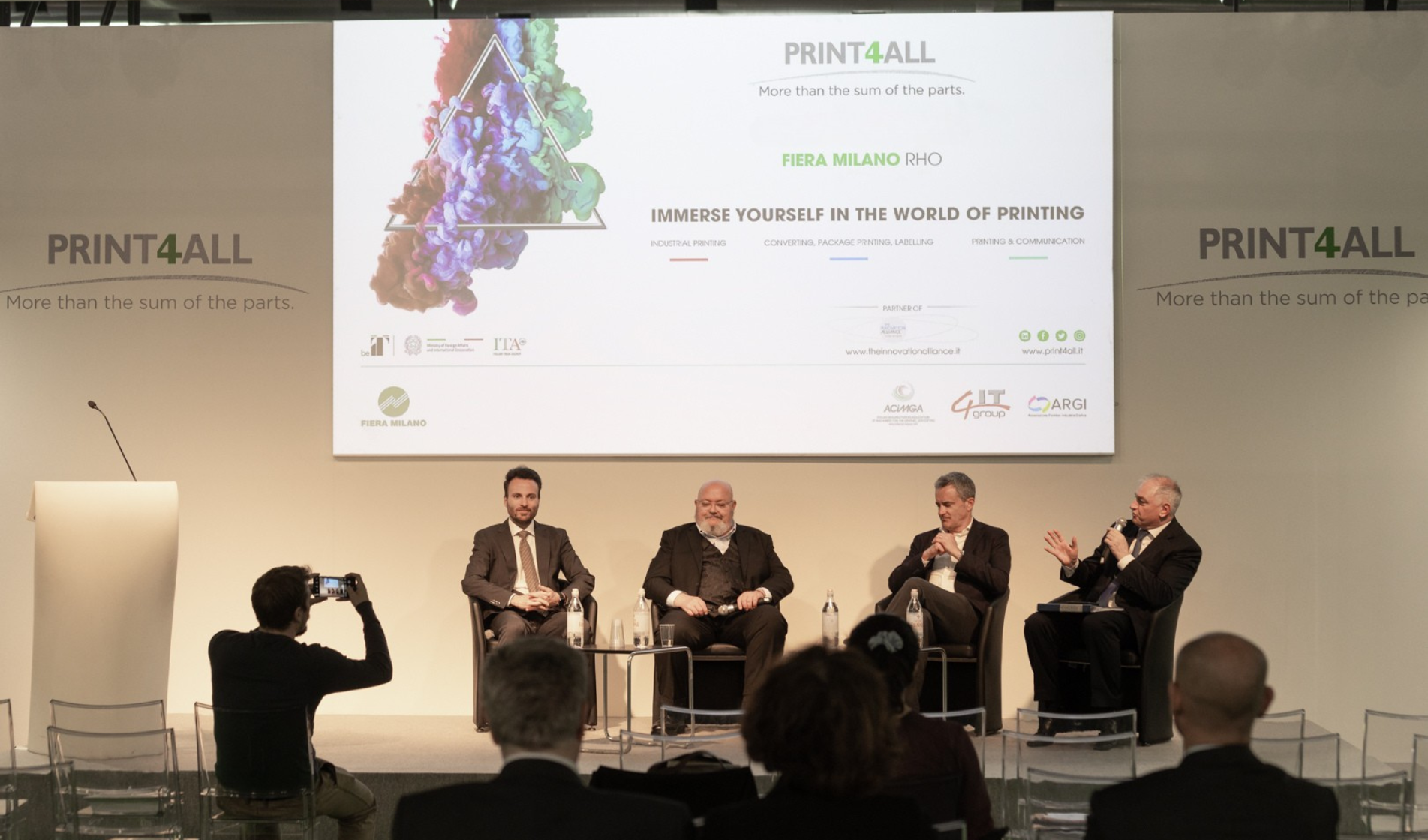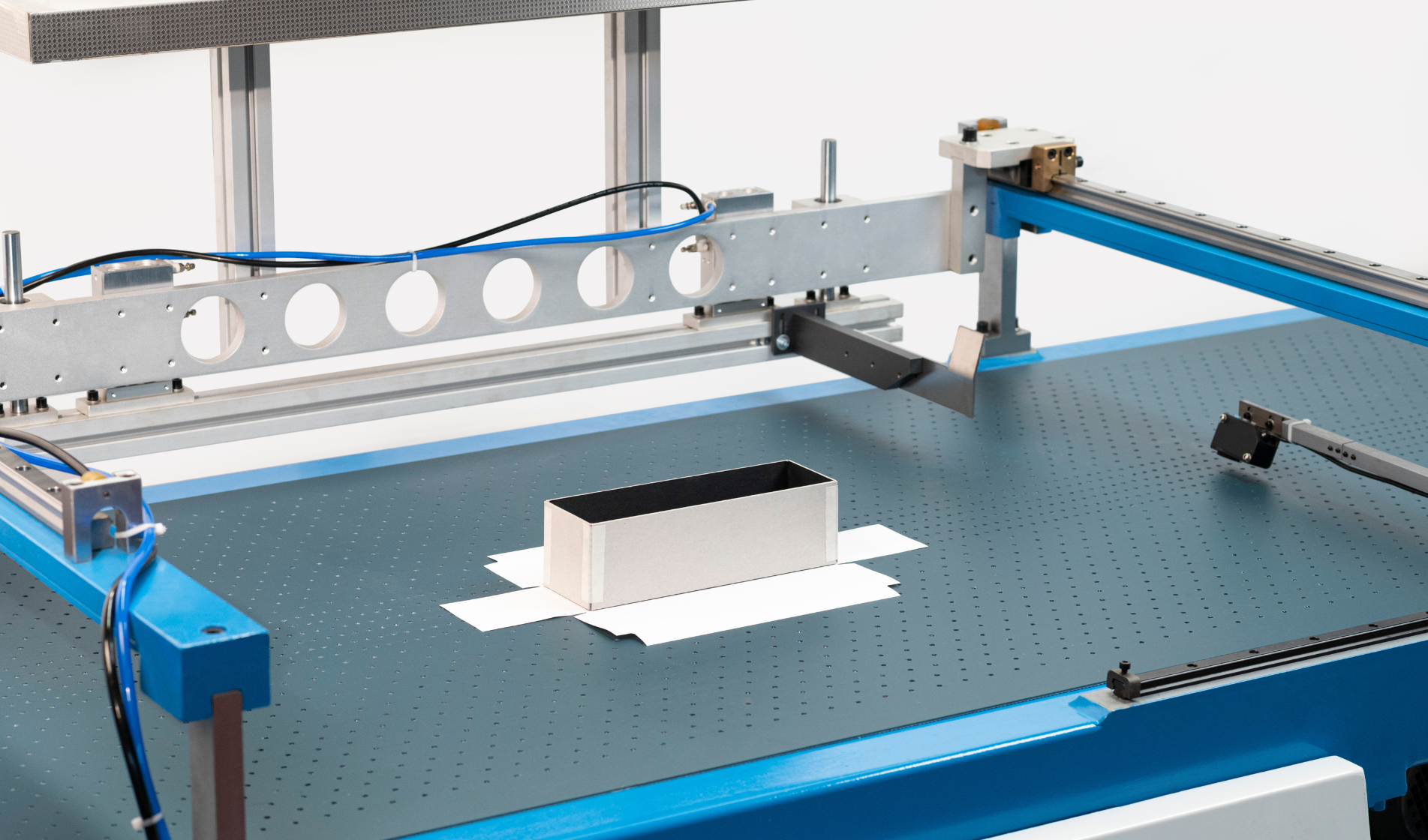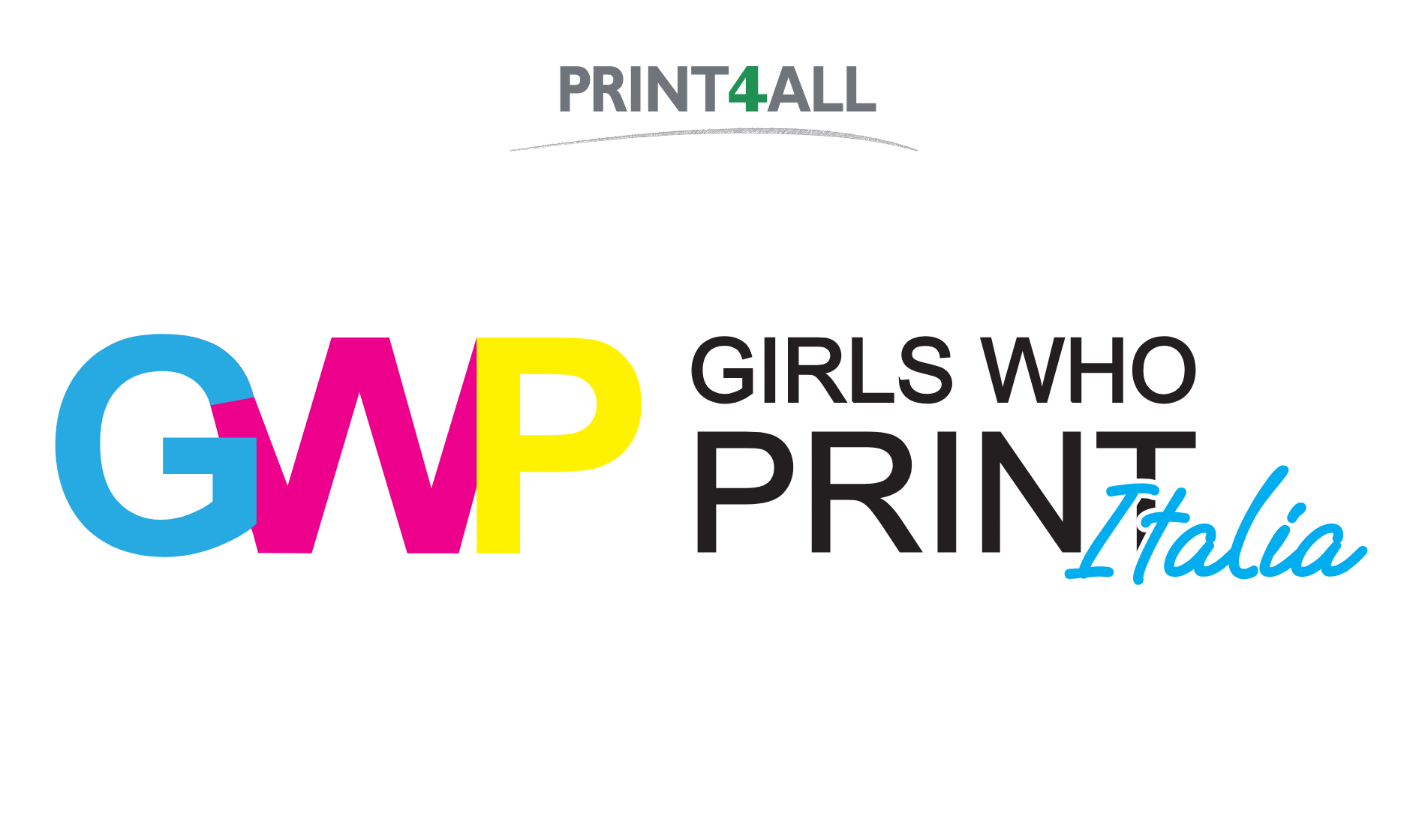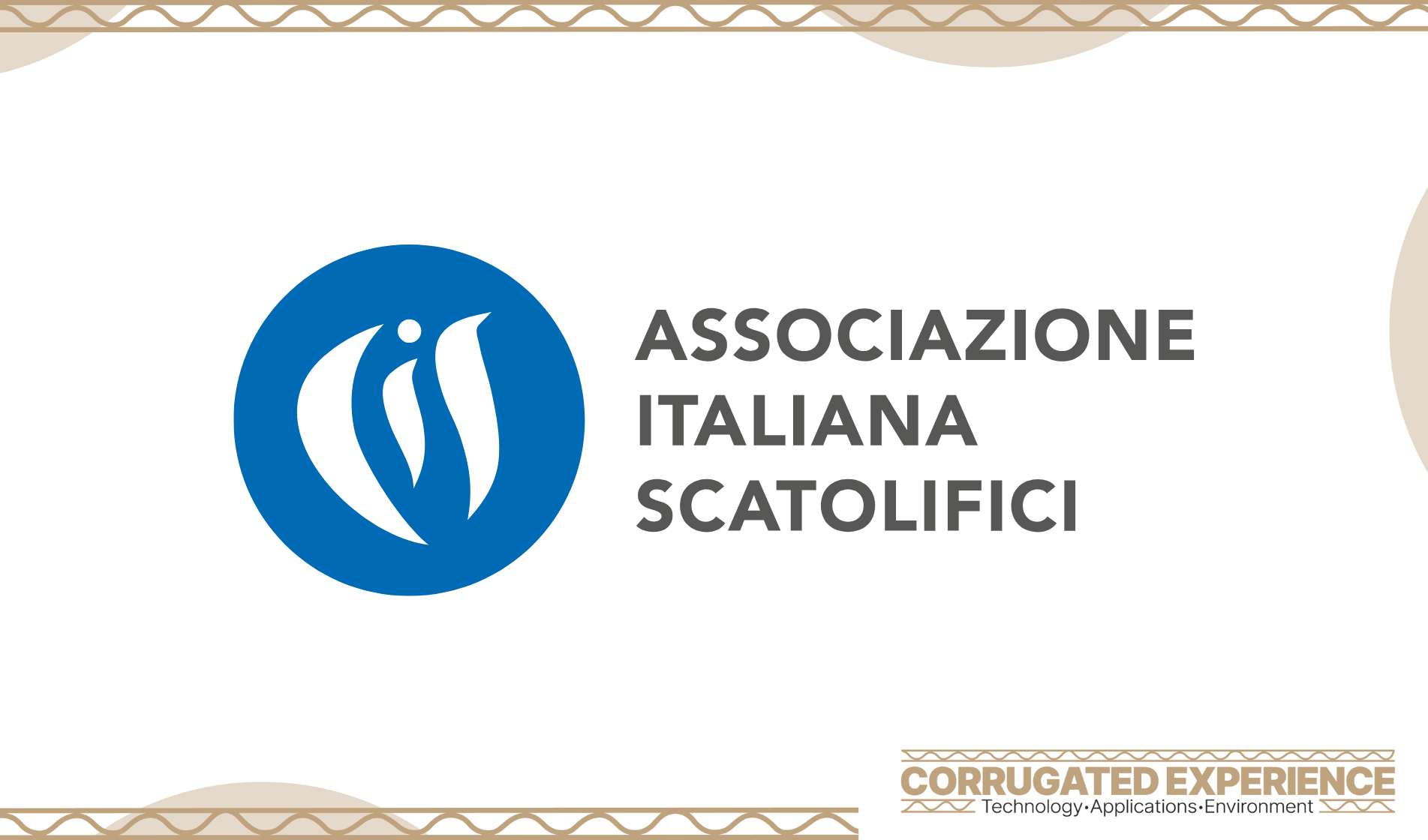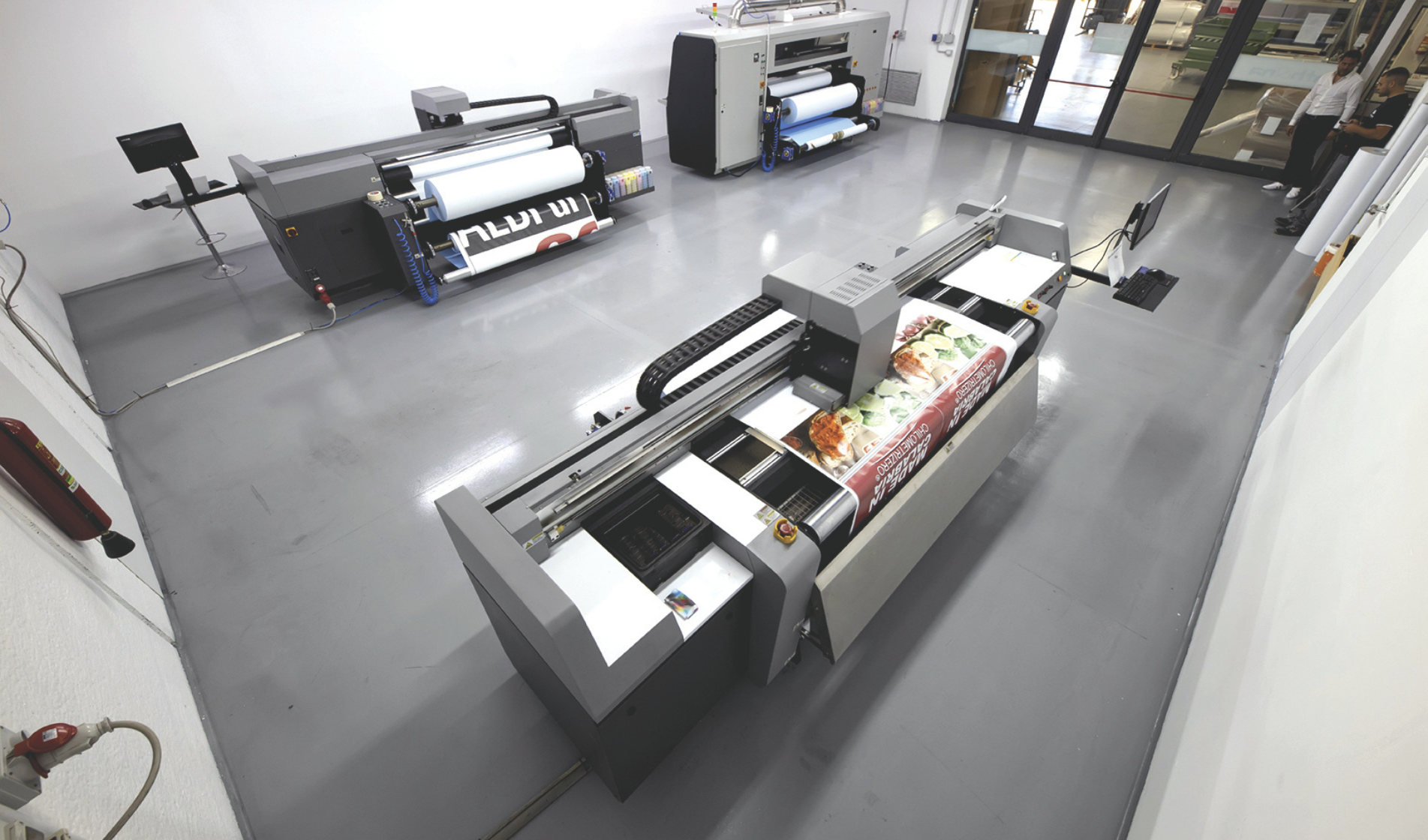In the field of decoration, direct-to-object printing, also known as direct-to-shape, is undoubtedly a major innovation. This technology allows colour images to be printed on curved surfaces without the need for intermediate media such as paper or plastic film. The materials on which it is currently possible to print range from bottles and cans to ceramics and plastic tubes. Application opportunities vary from industrial to consumer world.
Compared to traditional decoration techniques, direct-to-shape technology allows to make small batches with a high degree of customisation that can be carried out up to the final stages of production, at no additional cost. Low print runs and endless customisation possibilities have convinced many brands to diversify, entrusting part of their production to direct-to-object digital printing. The greatest prospects of growth come from food packaging, especially from the market of aluminium cans. In fact, the explosion of home delivery services has further encouraged the transformation of packaging into a tool of communication and design. Direct-to-can printing represents an opportunity for the food&beverage sector which, following the closure of physical outlets, has been forced to experiment with new promotion strategies. As reported by Printing News, rather than competing for low-cost print jobs, many professionals are investing in limited editions with high added value, which are often used as launch campaigns to test a new product or promote a specific event. The canned wines market is set to grow by 9.3% by 2022, while the beer cans market will reach an annual growth rate of 13% between 2018 and 2022.
In order to meet new market demands, in the recent past large companies have used direct-to-shape technology to launch limited editions. In 2018, for the Tomorrowland festival, a well-known beer brand made 10,000 cans with flags of 20 different countries printed on the surface. Among the most recent initiatives is that of a Canadian brewery which used direct-to-object printing to personalise the cans of several local breweries damaged by the pandemic, using augmented reality in a creative way. On the cans of those producers who participated there was a rainbow logo which, when scanned, activated a filter (similar to those used on Instagram and Snapchat) with messages of encouragement for the community to overcome the difficult times the world was going through.
However, it is not yet clear whether direct-to-shape printing will be able to gain substantial market share. The factors discouraging its adoption are related to the high entry costs that prevent many companies from accessing this technology. However, it is highly likely that the evolution of these printing systems will allow to break down this barrier. Bringing analogue and digital printing technologies together will be a strategic investment for many players in the industry, that will help optimising workflows while ensuring maximum flexibility and application versatility.


